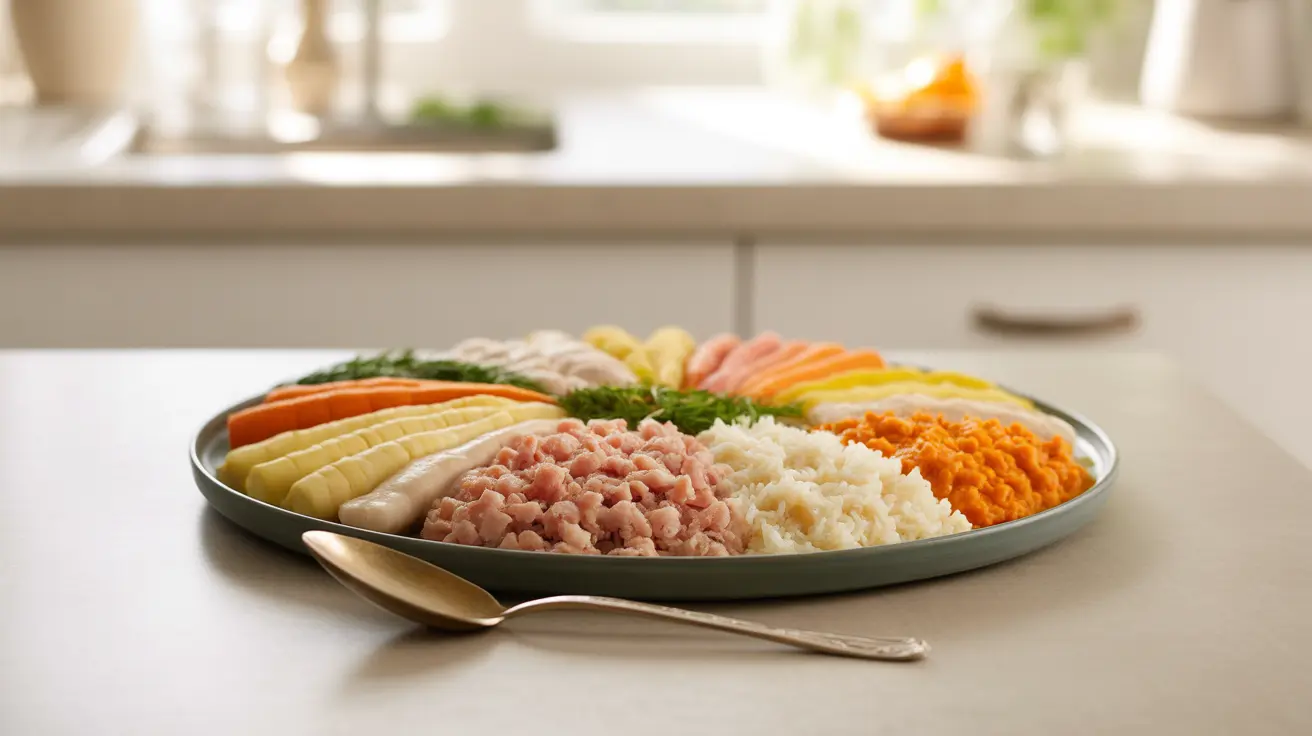Living with gastroparesis requires careful attention to your diet to manage symptoms and maintain proper nutrition. This comprehensive guide will help you understand how to structure your meals, choose the right foods, and implement dietary strategies that can make living with gastroparesis more manageable.
A gastroparesis diet focuses on foods that are easier to digest while avoiding those that may worsen symptoms or slow stomach emptying. By following these dietary guidelines, you can help reduce discomfort, nausea, and other challenging symptoms associated with this condition.
Understanding the Basics of a Gastroparesis Diet
The primary goal of a gastroparesis diet is to reduce the workload on your stomach while ensuring adequate nutrition. This involves choosing foods that are easier to digest and structuring meals in a way that promotes better stomach emptying.
Meal Structure and Timing
When following a gastroparesis diet, it's crucial to eat smaller, more frequent meals throughout the day rather than three large meals. This approach helps prevent overwhelming your stomach and reduces the likelihood of symptoms.
Aim to eat 5-6 small meals spaced 2-3 hours apart. This schedule helps maintain steady nutrition while minimizing the volume of food your stomach needs to process at any given time.
Foods to Include and Avoid
Recommended Foods
Focus on these easier-to-digest options:
- Low-fiber vegetables (well-cooked)
- Lean proteins (ground or pureed)
- White breads and crackers
- Low-fat dairy products
- Soups and broths
- Smoothies and protein shakes
Foods to Avoid
Certain foods can worsen gastroparesis symptoms:
- High-fiber foods
- Fatty or fried foods
- Raw vegetables
- Tough meats
- Nuts and seeds
- Carbonated beverages
The Three Phases of a Gastroparesis Diet
Phase 1: Liquid Diet
This initial phase consists primarily of clear liquids and easily digestible nutrition:
- Clear broths
- Sports drinks
- Water
- Clear juice without pulp
Phase 2: Transitional Diet
As symptoms improve, gradually introduce:
- Pureed foods
- Smooth soups
- Well-cooked cereals
- Yogurt without fruit pieces
Phase 3: Maintenance Diet
This phase includes soft, well-cooked foods:
- Ground meats
- Cooked vegetables
- Canned fruits
- Refined grains
Food Preparation Tips
How you prepare food can significantly impact its digestibility. Consider these preparation methods:
- Pureeing or blending foods
- Cooking vegetables until very soft
- Using a food processor for meats
- Removing skins and seeds from fruits and vegetables
- Adding liquid to make foods softer
Frequently Asked Questions
What foods should I eat and avoid on a gastroparesis diet to reduce symptoms?
Focus on low-fiber, well-cooked, and easily digestible foods such as pureed vegetables, ground meats, and refined grains. Avoid high-fiber foods, fatty foods, raw vegetables, and tough meats that can be harder to digest.
How can I structure my meals when following a gastroparesis diet?
Eat 5-6 small meals throughout the day instead of three large ones. Space meals 2-3 hours apart and maintain consistent portion sizes to avoid overwhelming your stomach.
What are the phases of a gastroparesis diet, and how do I know when to progress between them?
The diet consists of three phases: liquid, transitional, and maintenance. Progress to the next phase when you can tolerate current foods without significant symptoms, usually under the guidance of your healthcare provider.
Why is it important to eat small, frequent meals rather than large meals with gastroparesis?
Small, frequent meals reduce the workload on your stomach, making it easier to digest food and minimize symptoms. Large meals can overwhelm the stomach and worsen symptoms.
How can I make solid foods easier to digest when managing gastroparesis?
Puree or blend foods, cook vegetables until very soft, use a food processor for meats, and add liquid to make foods softer. Remove skins and seeds from fruits and vegetables, and choose foods that are naturally easier to break down.




